From its verdant forests to its vibrant music scene, Cuba is a land of unparalleled enchantment. Imagine yourself puffing on a world-renowned Cuban cigar or cruising down the picturesque streets of Havana in a classic car—this is the essence of the good life waiting for you.
But before you book your flight and pack your bags, there are several crucial things that sophisticated Australian travelers should know to make the most of their Cuban adventure. Whether it’s understanding the local currency, navigating the unique transportation system, or respecting cultural norms, this guide is tailored to ensure your journey is as smooth and enriching as possible.
Join us as we explore the essential tips and insights that will prepare you for an unforgettable experience in the heart of the Caribbean. Your Cuban adventure starts here!
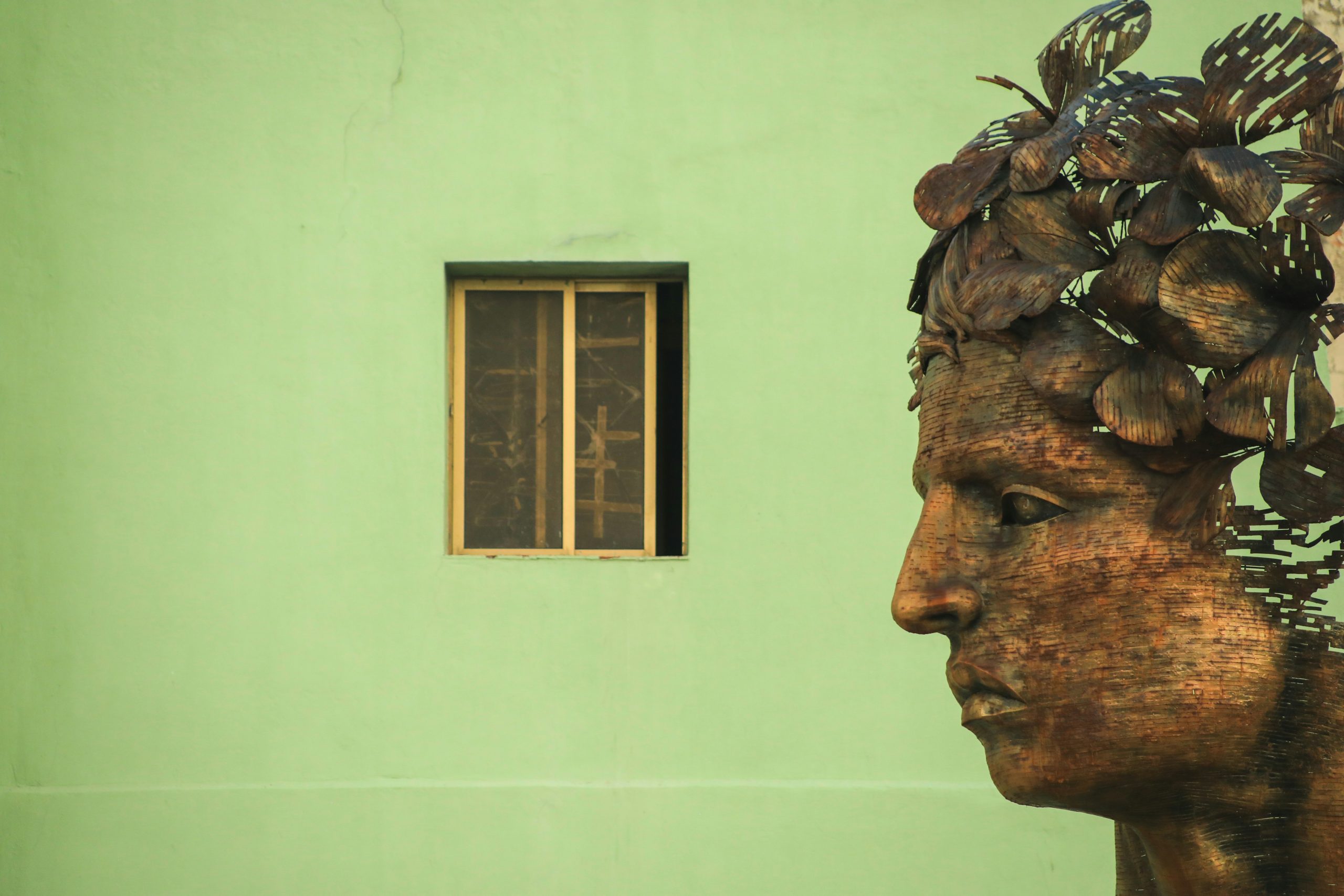
Best time to visit
Cuba, the island of forever-summer, has two distinctive seasons, the wet – from May to November, when you can expect extremely high humidity with 30+ degrees. Whilst the dry season – from November to May – offers up dry, balmy temperatures. In February you my even consider a jacket!
Escape the winter chill and head to Cuba between November and March for mild, dry weather. However, be prepared for higher prices during the peak tourist season, especially around Christmas and New Year.
In December, Havana hosts a film festival while locals celebrate with fireworks at traditional events. January brings jazz festivals in major cities, while February is perfect for diving and outdoor activities.
March is ideal for birdwatching in wetlands, with over 260 species of migratory birds passing through. July and August are hot but lively months with festivals and events across the island.
For fewer crowds and good deals, visit in April or October. May, June, and September offer budget-friendly options despite the rainy weather. Stay cautious of hurricanes from June to November.
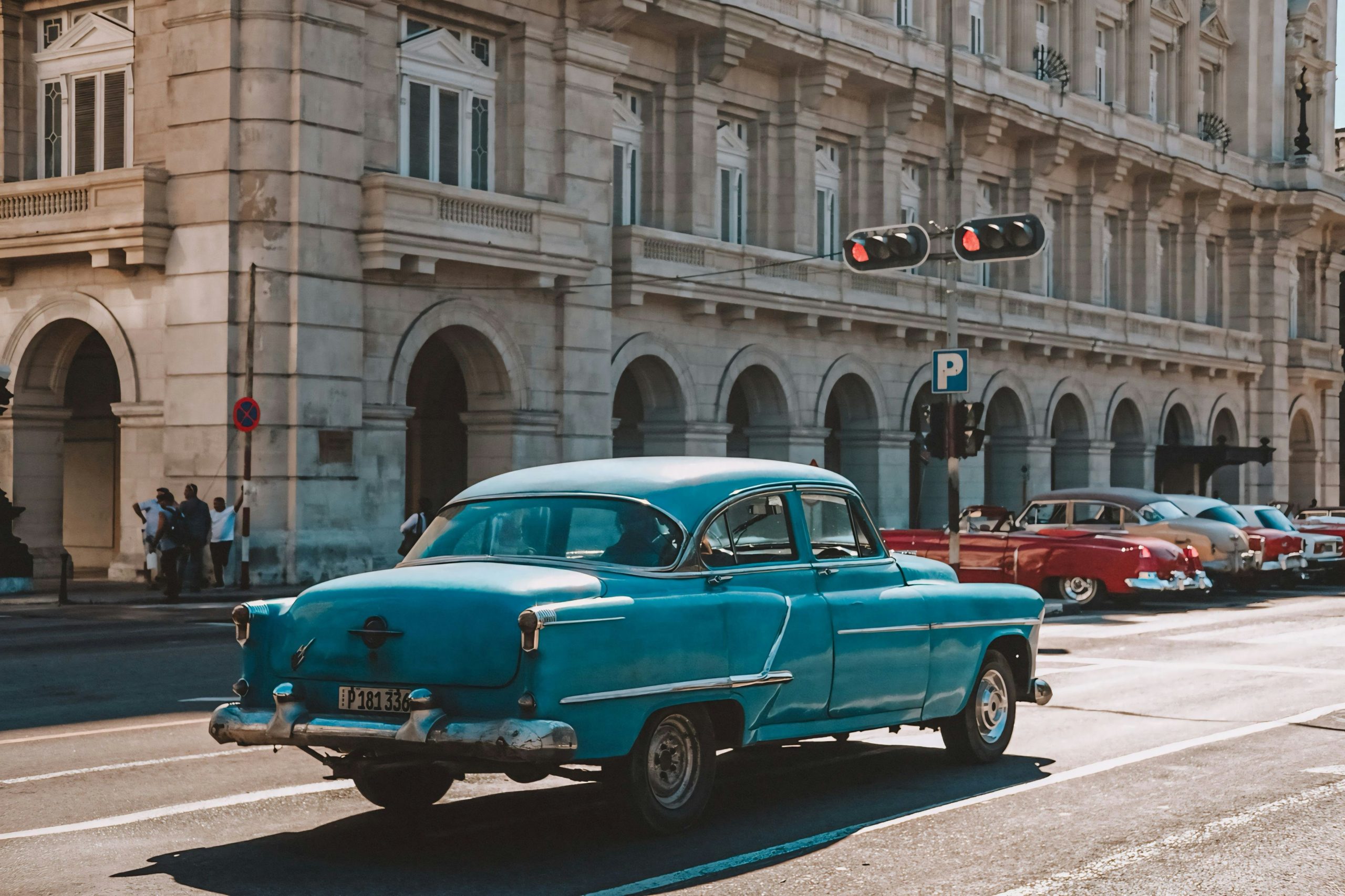
Visa aka Tourist card
For Australian travellers, obtaining a Tarjeta de Turista (Tourist Card) is essential for entry into Cuba. There are two types: Green for travelers from most countries and Pink for those coming from or via the USA. You can purchase your Tourist Card through airlines, travel agents, or Cuban embassies, or order it in advance through websites like Easy Tourist Card for a smoother entry process.
Additionally, ensure your passport is valid for at least six months from your planned date of departure from Cuba. It’s also recommended to carry a printed copy of your travel insurance policy, as Cuban authorities may require proof of health coverage upon arrival. Keep in mind that the Tourist Card is typically valid for 90 days and can be extended for another 90 days at Cuban immigration offices, providing you more flexibility during your stay.
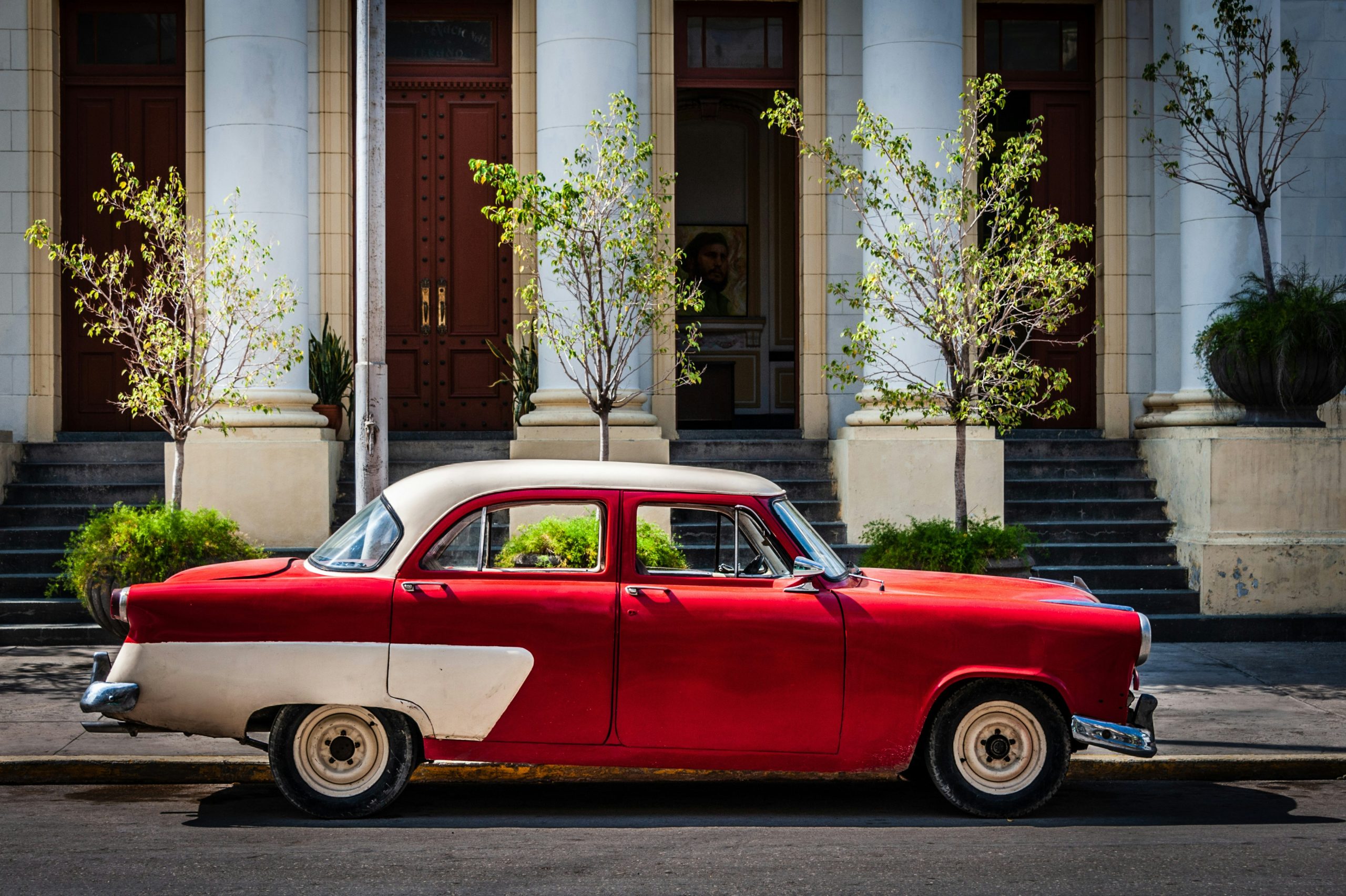
Other important things to note in relation to USA/Cuba travel
If you are a US citizen, resident in the USA, or you are another nationality and are planning to travel to Cuba directly from or via the USA, it’s important to be aware that US regulations do not allow travel to Cuba for tourism purposes per se. (meaning, no all-inclusive-hotels and lazying by the beach) It doesn’t mean you can’t visit, it just means that – whatever your nationality – you must comply with US regulations.
There are 12 general travel licenses you can travel to Cuba – best option is to travel under the general license, ‘Support of the Cuban People’. We share more information in our blog post for the US travellers here.
US ESTA Visa Waiver Program
Additionally, if you have visited Cuba since January 2021, you are not eligible for the US ESTA Visa Waiver Program. To enter the USA post-Cuba visit, a US visa is required. Learn more about the requirements, through the US Embassy site.
Stay informed and plan accordingly for your travel arrangements!
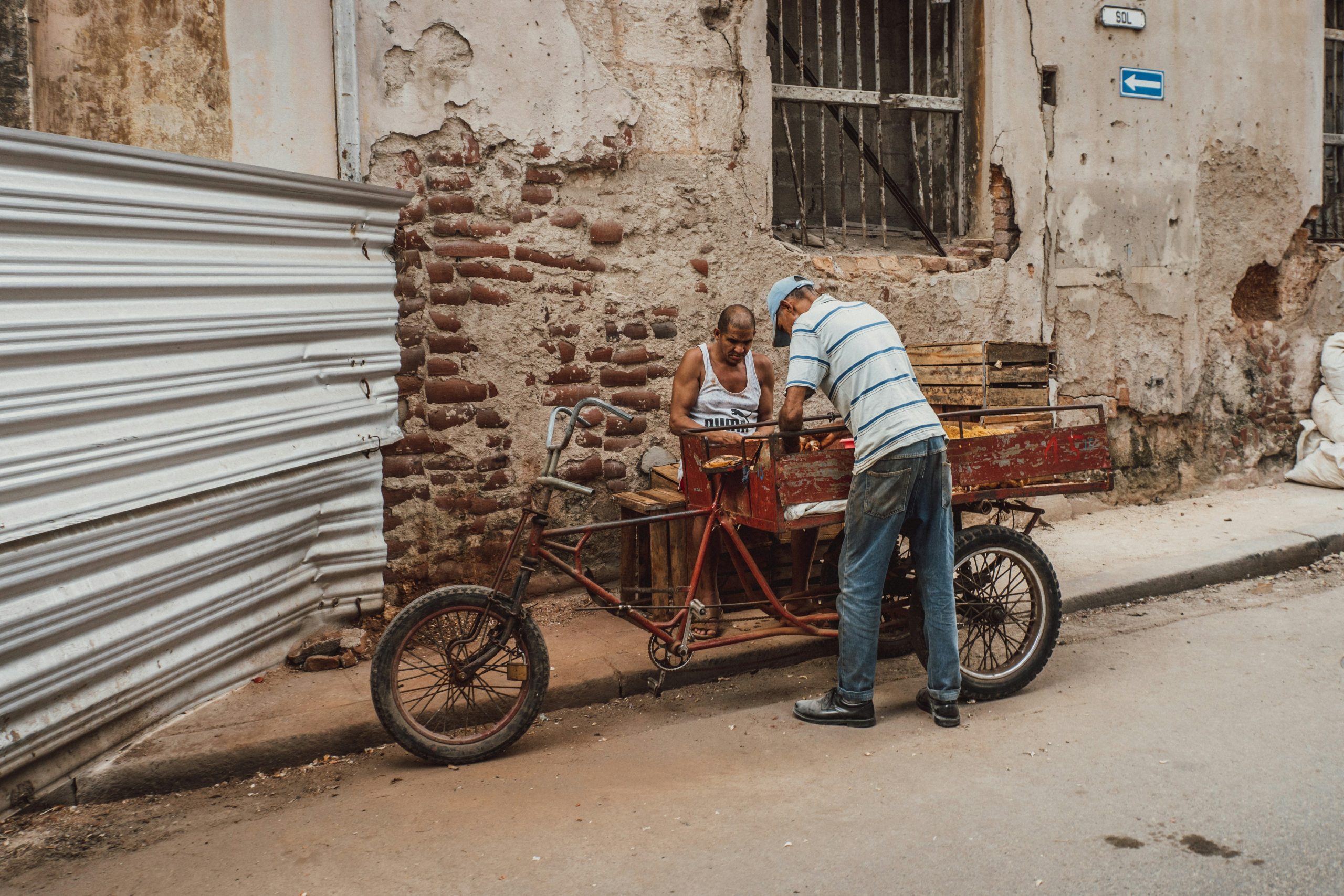
Money in Cuba
Our favourite subject!
Navigating currency in Cuba can be tricky. Many credit cards, especially those from American banks, may not work there. ATM access is also limited, so it’s best to check with your bank before your trip. Australian dollars are not accepted for exchange in Cuba.
Cash is king in Cuba, as card payments and ATMs are not widely available or reliable. Bank cards from US institutions won’t work either. It’s recommended to bring enough cash for your trip, including an emergency stash.
Euros and US dollars are preferred in Cuba, so bring smaller denominations like 5, 10, and 20 notes. Pay in euros for a better exchange rate at private restaurants. Some even offer separate euro menus. When using private services, always inquire about accepted currencies and exchange rates beforehand.
Expect unfavourable exchange rates and high fees for withdrawing money from banks, ATMS or exchanging at the CADECAs (Cuba’s money exchange bureaus), they often have long queues also.
ATMs can be unreliable due to technical issues or lack of cash, so don’t rely on them exclusively. Credit cards are mainly accepted at big hotels and state run businesses, however beware! Those linked to a US entity will not work in Cuba – so check with your bank before your trip.
Exchange only small amounts of currency into Cuban pesos (CUP) at a time since you can’t exchange them outside of Cuba. Carry only what you need for your trip to avoid any complications. If ever in doubt, our guides on your tours are there to assist with any money related transactions.
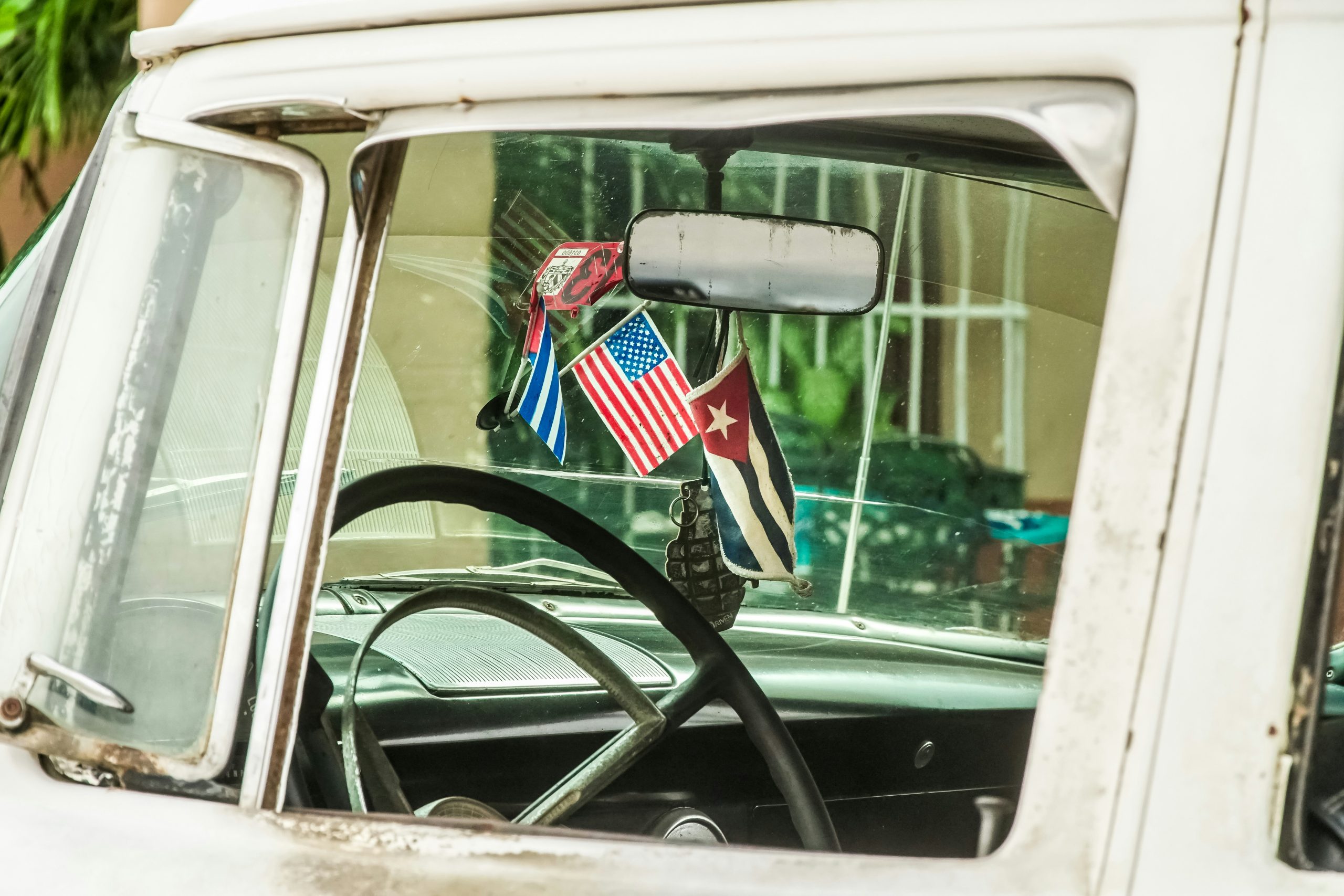
Internet in Cuba
Our first recommendation is always to enjoy a digital detox while you are here. But if you cannot, there are various options for you to get connected, from pre-ordering a tourist sim for your arrival that provides you data connection for your trip to purchasing NAUTA wifi card in 1 or 5 hour intervals, the choice is yours. Learn more about staying connected in our article.
In Cuba, internet connections can often be slow and unreliable, leading to frustrating dropouts and limited access to websites and apps, including online banking sites. To improve your online experience and security while in Cuba, consider setting up a VPN prior to your arrival. This can help you navigate restrictions and ensure smoother browsing.
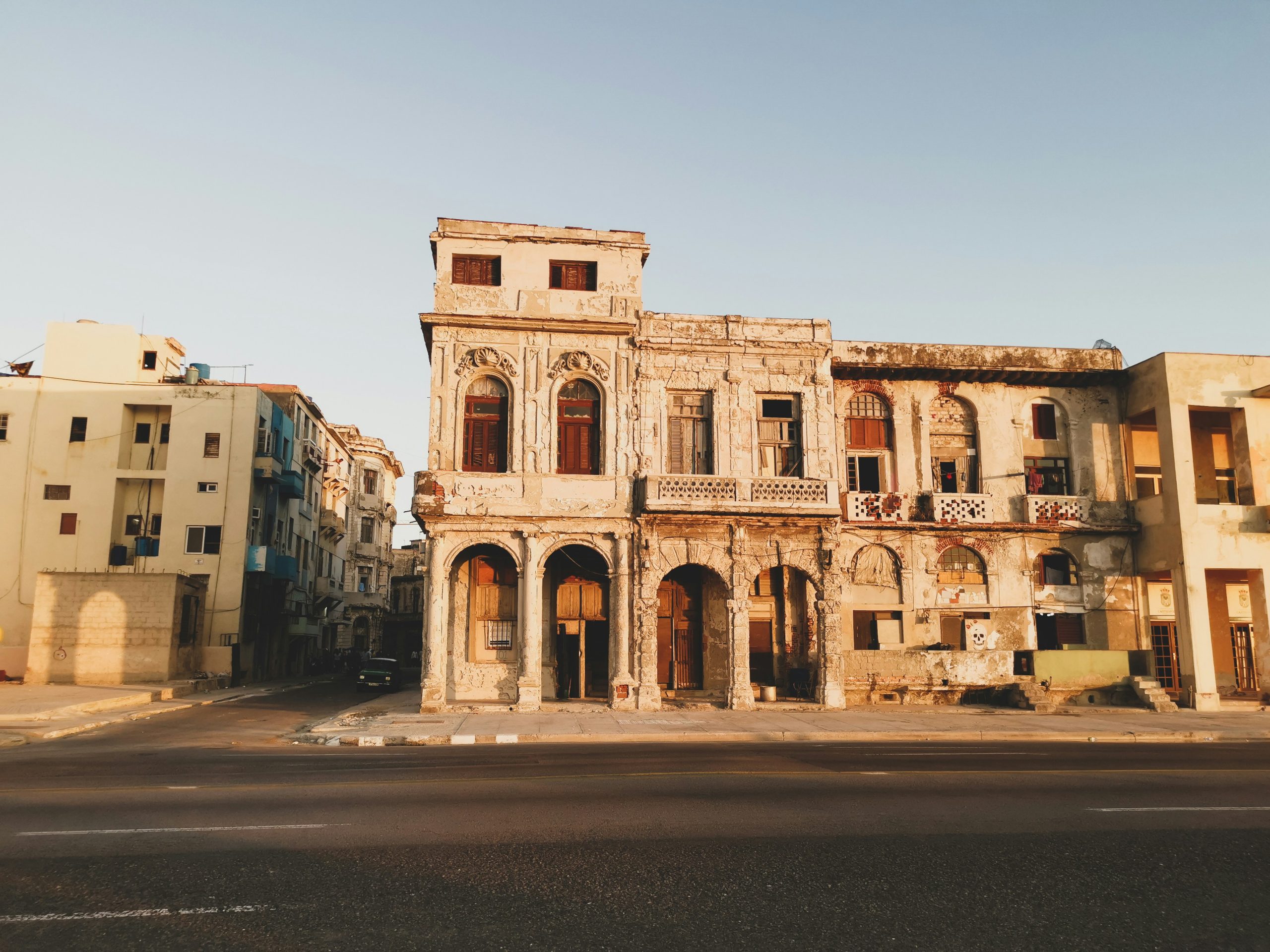
Eating in Cuba
You may have had some mixed feedback regarding Cuban food. Despite occasional food shortages, Cuba’s culinary scene offers a rich and varied experience. Delight in meals at family-run paladars for an authentic taste of Cuban cuisine offering options from fine-dining to cozy spots, or enjoy fresh seafood dishes prepared by casa owners, where your set meals will almost always consist of rice, salad, meat or fish, beans, dessert and coffee. Don’t be surprised to find perfectly cooked, fresh-from-the-sea fish, prawns, squid and lobster.
Street food stalls offer a quick and adventurous dining option, making Cuba’s vibrant food scene accessible to travellers of all budgets.
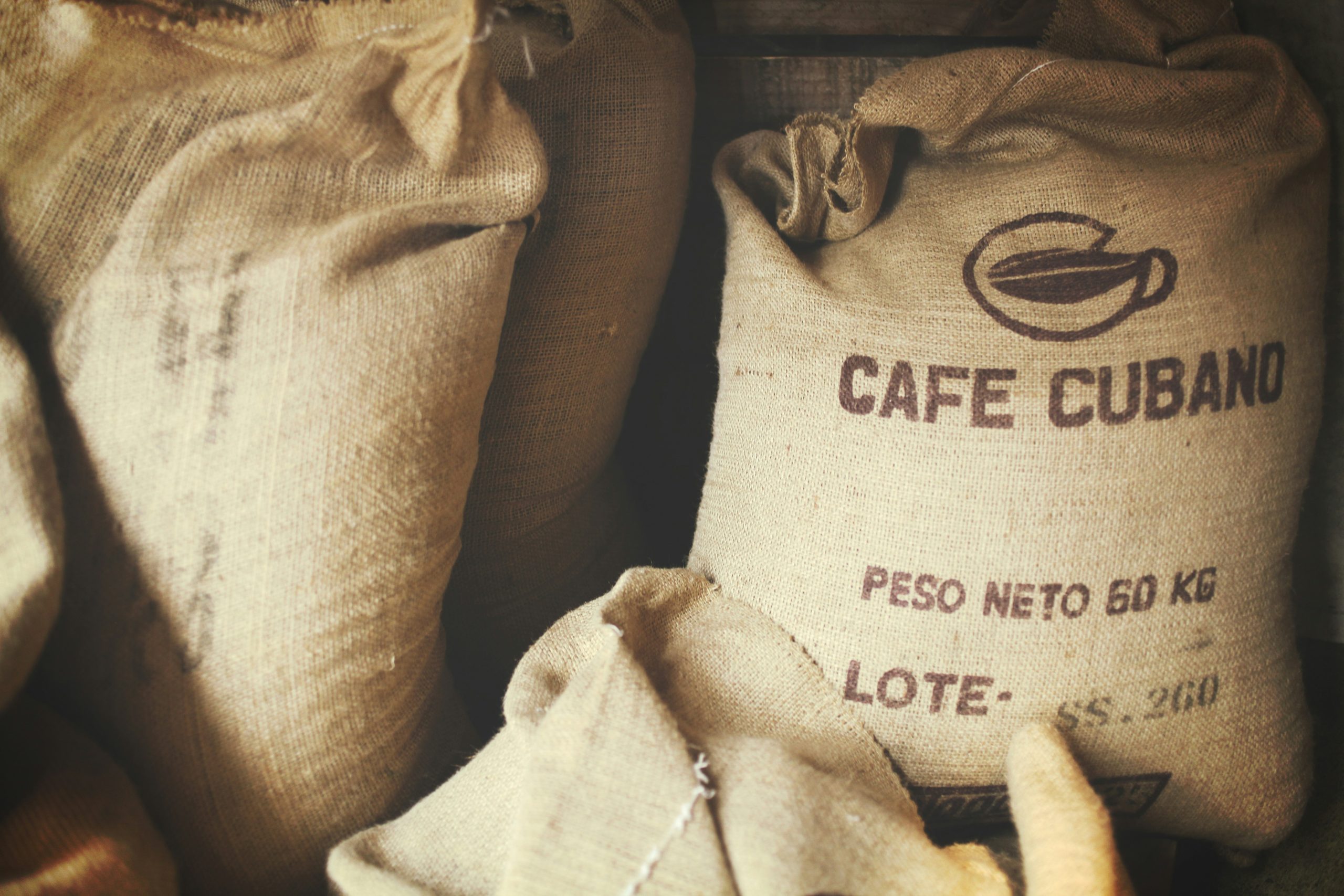
Health and Safety in Cuba
Cuba is one of the safest countries you’ll visit – check here why. In saying that there are some things you need to consider for your travels.
Travel Insurance: Comprehensive travel insurance is mandatory. Ensure it covers medical emergencies, including evacuation costs if necessary. Keep a printed copy of your insurance policy with you, as Cuban authorities may ask to see it upon entry.
Prescription Medications: Bring a sufficient supply of any prescribed medications, along with copies of your prescriptions. Counterfeit drugs can be an issue in some areas, so it’s best to rely on medicines you bring from home.
Water Safety: Whilst the water is treated in Cuba, it is recommended that you stick to bottled water to ensure no upset tummies on your trip. All else fails, have some Imodium on hand.
Mosquito-Borne Illnesses: Bring and use mosquito repellent, in some rural areas these pesky little creatures can be out in hordes so it’s best to be protected against diseases such as Dengue.
Valuables: Keep valuable items, including electronics, jewellery, and significant amounts of cash, secured in a safe at your accommodation. Use anti-theft bags or money belts to carry essentials.
Local Scams: When you travel with us, your guide will advise you what to look out for if you venture out alone, such as inflated prices for goods and services, taxi drivers with no change and the likes.
In any instance use a common sense approach on your visit.
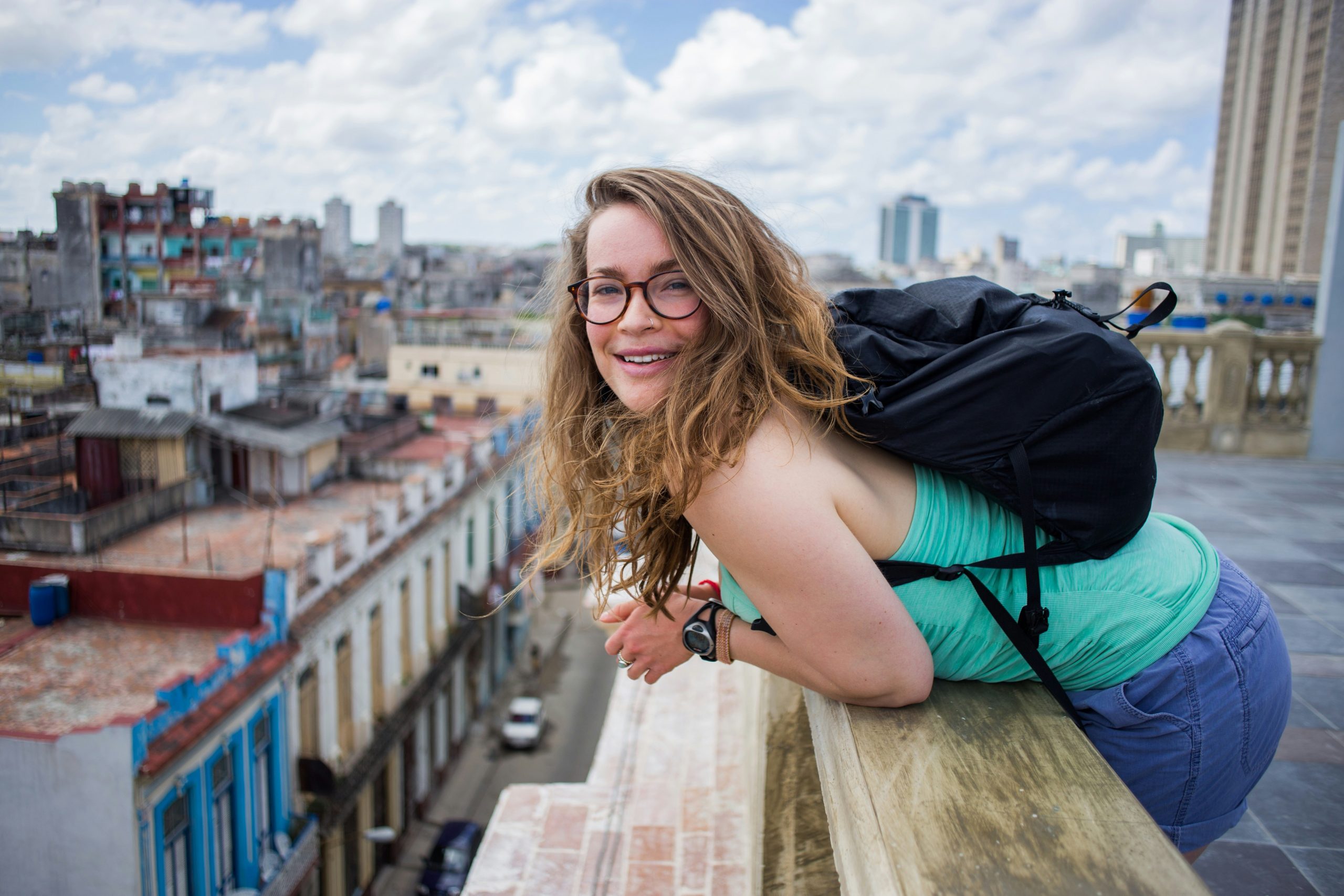
In a nutshell, traveling to Cuba is an unforgettable adventure, rich with vibrant culture, stunning landscapes, and a deep history. To ensure a smooth trip, visit between November and April for the best weather, secure a tourist card for entry, and be aware of US travel restrictions. Familiarize yourself with Cuba’s currency system and bring cash in Euros for best exchange rates. Internet access is limited, prepare for a digital detox and better human connection. Savor local cuisine at both eateries and paladares, and bring personal medications for health and safety. Follow these tips to enjoy all that Cuba has to offer, and subscribe to our newsletter below for more travel insights!


